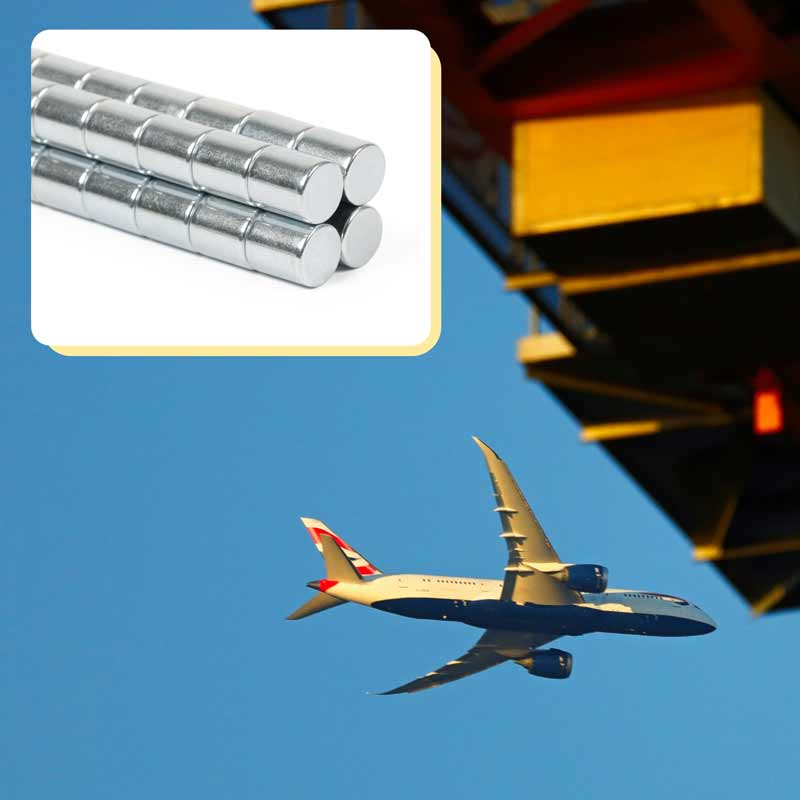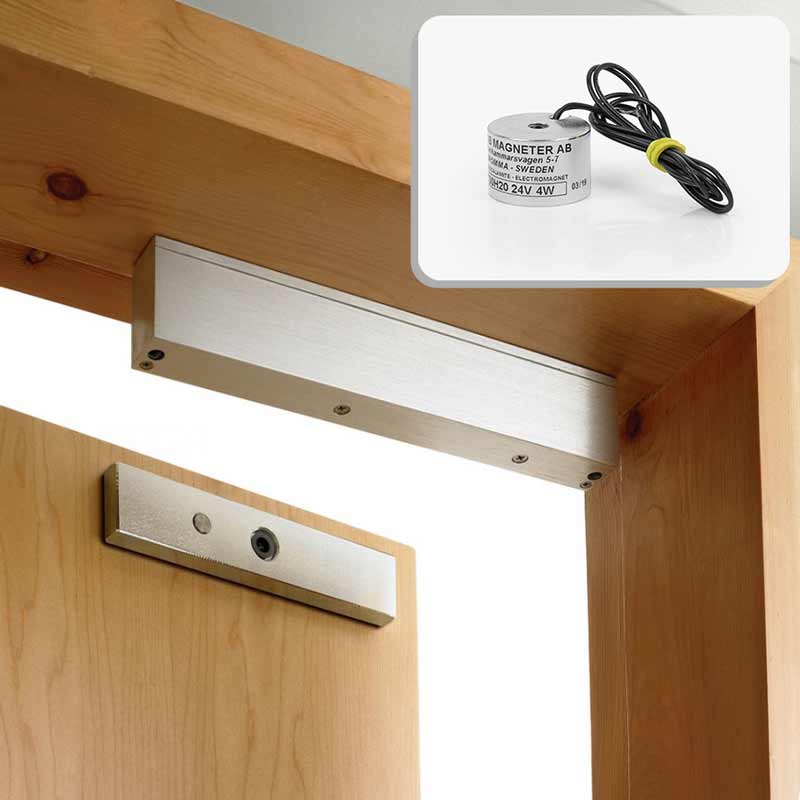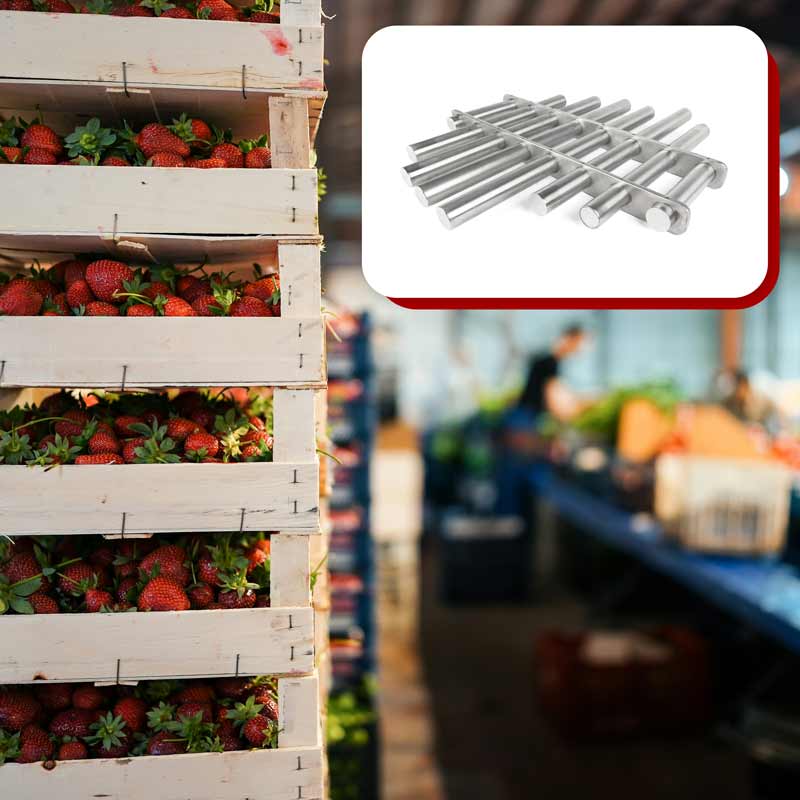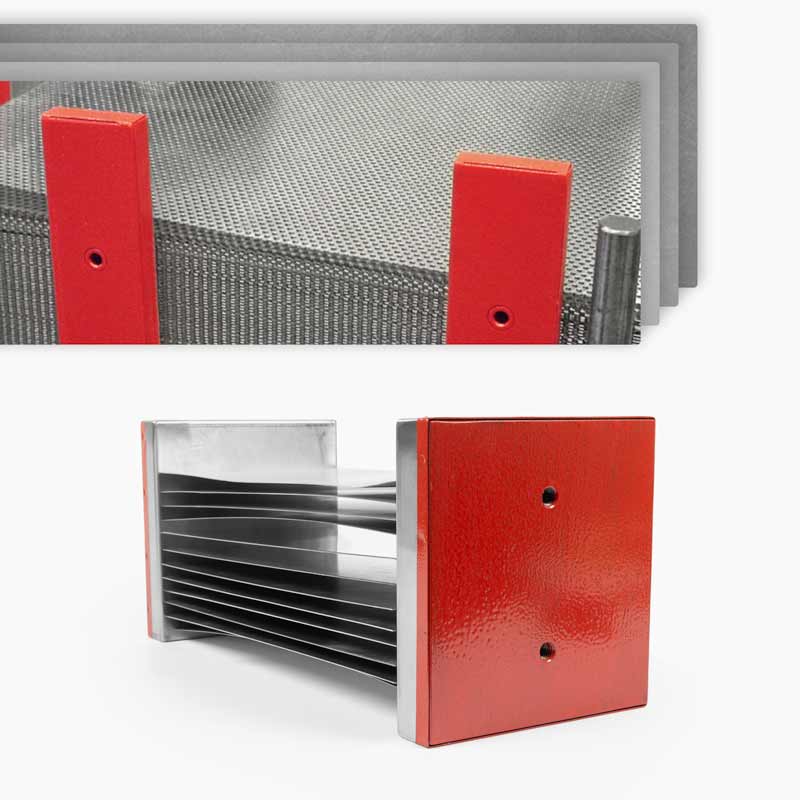CHINA STOPS EXPORT OF RARE EARTH METALS – We are in continuous contact with our suppliers in China and, in consultation with them, have concluded that HYAB is not affected by the export ban at this time.
Blog page
Recent Post

Published: 2025-05-21
Magnets in Restaurant Kitchens

Published: 2025-05-16
Global supply challenges and HYAB’s role

Published: 2025-05-13
Electromagnets – a more controllable magnet

Published: 2025-05-09
Magnetic filtration in the process industry

Published: 2025-05-06
Sheet metal handling – Easier with magnets

Published: 2023-03-23
![]() Daniel Gårdefelt
Daniel Gårdefelt
Magnets in the food industry
Magnets are used for a variety of applications in the food industry, including food processing, packaging and quality control. Today we will lear...
Show more >
Published: 2023-03-15
![]() Daniel Gårdefelt
Daniel Gårdefelt
Magnetic materials for nuclear applications
Magnets are important in many fields, including the nuclear industry. Magnetic materials serve many functions in nuclear power applications, incl...
Show more >
Showing 1 to 1 of 2 (1 Pages)

